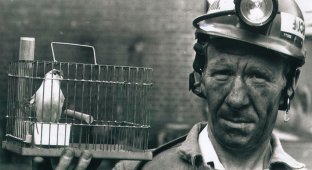Guardian canaries - feathered guardians of mining territories (8 photos)
Among other strange exhibits, the London Science Museum houses a small device that resembles a miniature gas chamber. At first glance, it looks like a torture device - as if it were designed to slowly kill defenseless birds. 
However, the true purpose of this device is the exact opposite: it saved canaries, giving them a second life. 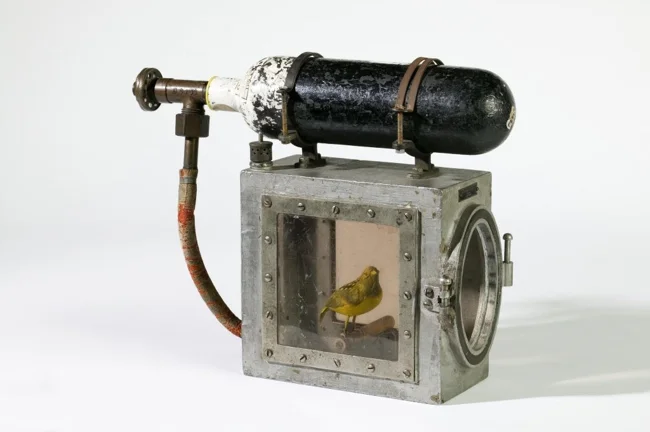
This unusual device was called a "canary resuscitator." An oxygen tank was attached to a metal box with transparent walls - it brought the birds back to life after they had carried out their deadly mission.
Live Gas Analyzers 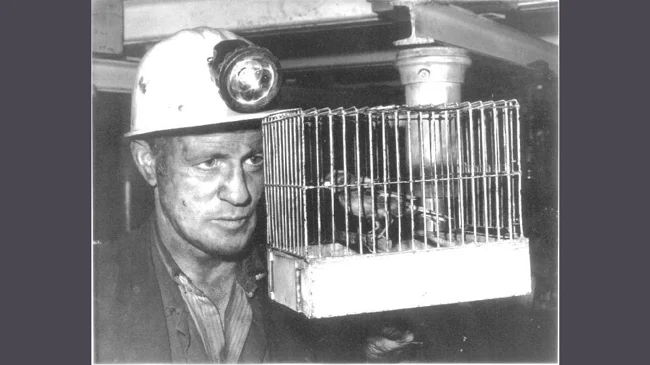
A few decades ago, no team would go into a mine without a tiny feathered "scout". Invisible killers lurked deep underground - carbon monoxide, methane, carbon dioxide. Without color or smell, they could poison dozens of workers in a matter of minutes or provoke a monstrous explosion.
But nature has endowed birds with a unique sensitivity to toxic gases. Canaries placed in glass cages became living indicators: their bodies reacted to danger many times faster than humans. If carbon monoxide appeared in the air, the bird began to thrash around restlessly, then lost its balance and fell from its perch. This was a signal: it was time to run! The miners immediately opened the oxygen valve to bring the canary back to life, and they themselves hastily left the deadly zone.
John Haldane's Brilliant Discovery 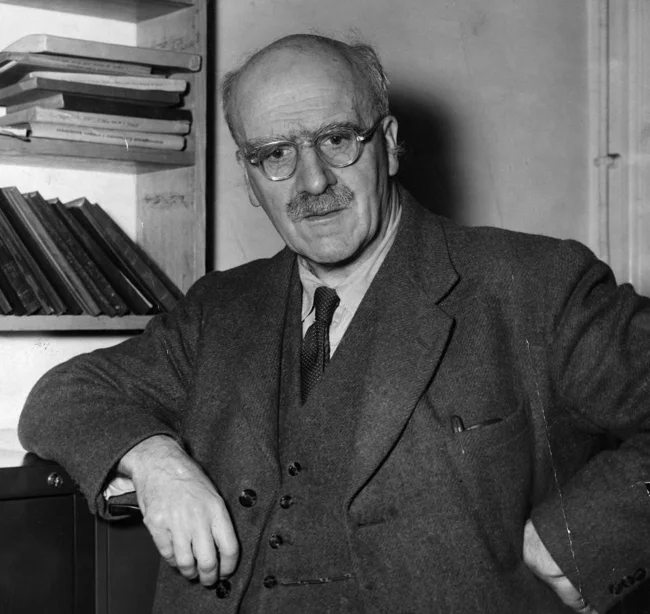
John Haldane
The idea of using canaries as gas detectors belonged to the Scottish scientist John Haldane, a man whose life was full of dangerous experiments. He breathed toxic mixtures in closed chambers, studying their effects on the body, and during the First World War he went to the front to unravel the composition of German poison gases. These studies helped create the first gas mask.
But Haldane's main discovery was the nature of mine disasters. The scientist proved that most miners died not from explosions, but from carbon monoxide. Their bodies acquired an eerie cherry-pink hue - a sure sign of poisoning - a combination of carbon monoxide with hemoglobin.
At the end of the 19th century, Haldane began experimenting with animals. White mice, rats and especially canaries turned out to be ideal "sensors": their fast metabolism made them many times more vulnerable to toxins. But why birds?
The Secret of Bird Breathing 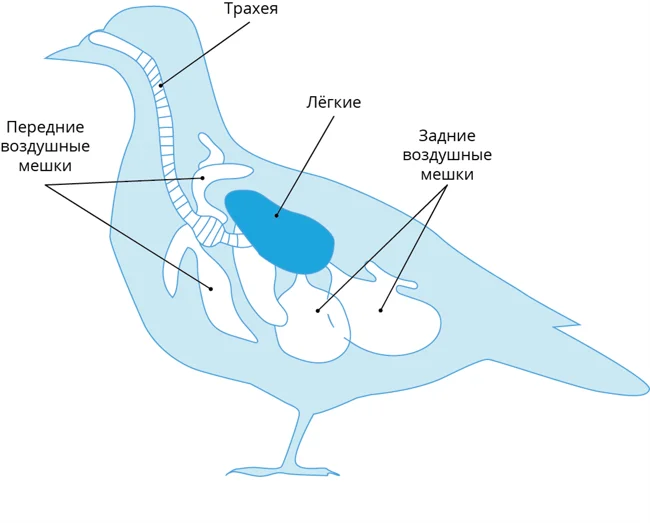
It turns out that the respiratory system of birds is a masterpiece of evolution. To maintain the energy of flight (especially at high altitudes, where there is little oxygen), their lungs are much more complex than those of mammals.
When inhaling, air fills not only the lungs, but also special air sacs distributed throughout the body. When exhaling, the "stored" air passes through the lungs again, extracting the remaining oxygen from it. Thanks to this, birds receive oxygen continuously - both when inhaling and when exhaling. 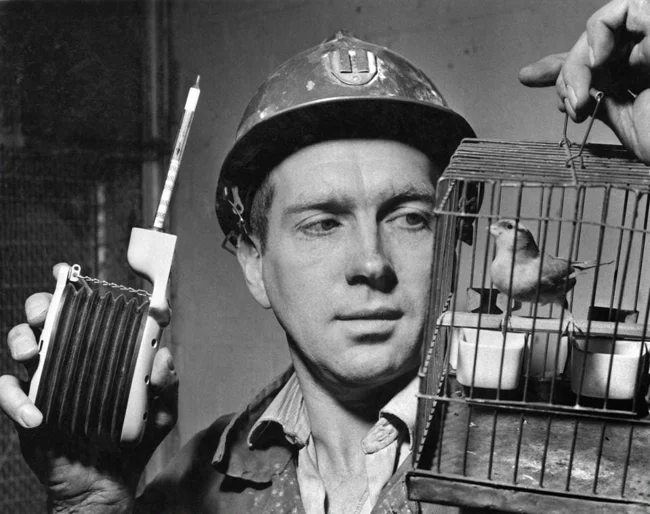
But this superpower has a downside: any poisonous gas affects birds instantly. This is what made canaries the ideal saviors of miners.
The Decline of the Era of Feathered Heroes 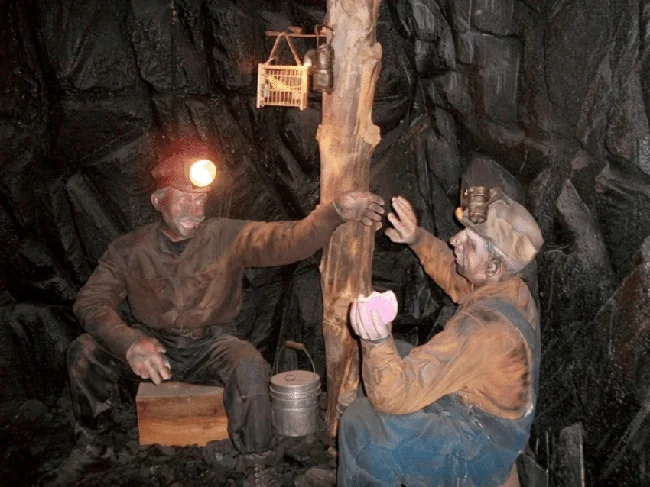
In 1986, Britain officially banned the use of canaries in mines. By that time, miners had more than 200 birds in their service, but progress offered a more humane alternative - electronic gas analyzers.
Today, these devices work faster and more accurately, and canaries have remained only a symbol of the era when human life depended on fragile creatures with colorful feathers. But isn't it worthy of memory? After all, these little birds saved thousands of people, at the cost of their own lives, warning of danger in the dark labyrinths of dungeons. 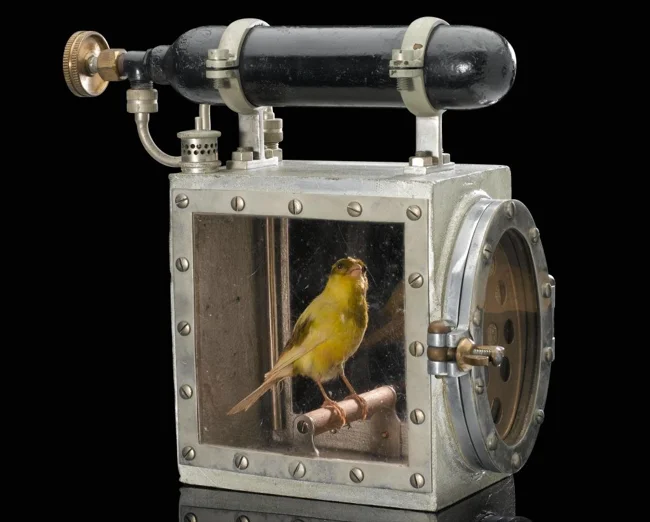
Guardian canaries are not just tools, but feathered heroes whose legacy is forever etched in history.












